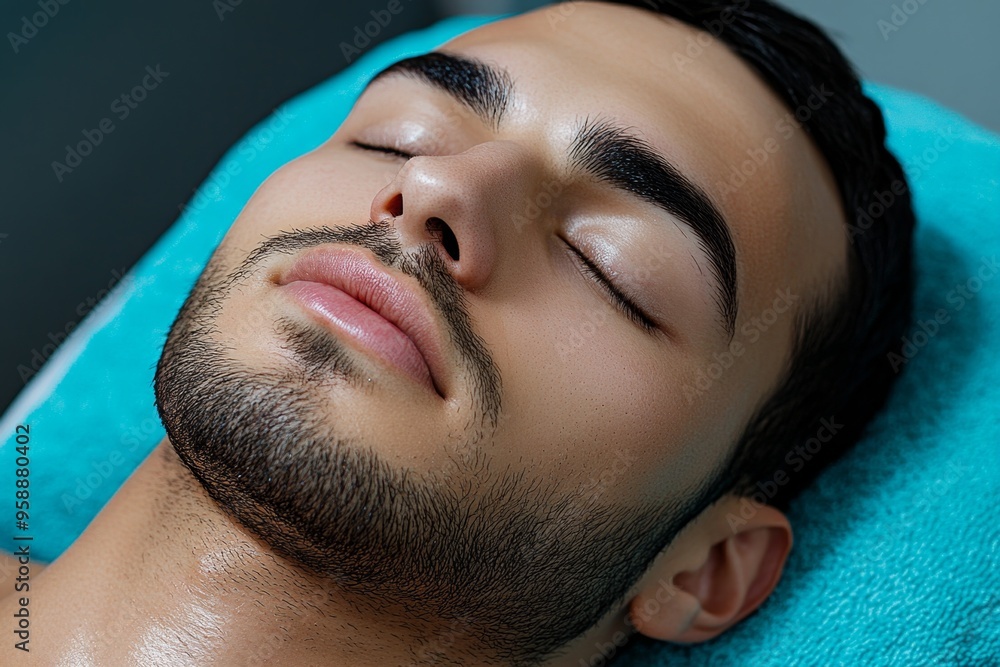Dentist Jaw Pain: Solutions To Ease Discomfort

Jaw pain, also known as temporomandibular joint (TMJ) disorder, is a common issue that affects millions of people worldwide. The TMJ is a complex joint that connects the jawbone to the skull, and it plays a crucial role in our daily lives, enabling us to eat, speak, and even breathe properly. However, when the TMJ is not functioning correctly, it can cause a wide range of symptoms, including jaw pain, clicking or popping sounds, and difficulty chewing or speaking.
As a dentist, it’s essential to understand the causes of jaw pain and provide effective solutions to ease discomfort. In this article, we’ll explore the possible causes of jaw pain, its symptoms, and the various treatments available to alleviate this condition.
Causes of Jaw Pain

Jaw pain can be caused by a variety of factors, including:
- Teeth grinding or clenching: Grinding or clenching your teeth can put excessive pressure on the TMJ, leading to pain and discomfort.
- Misaligned teeth or bite: A misaligned bite or teeth can cause the TMJ to work harder, leading to strain and pain.
- Stress and anxiety: Stress and anxiety can cause you to clench your jaw or grind your teeth, leading to TMJ pain.
- Injury or trauma: A blow to the jaw or face can cause TMJ pain and discomfort.
- Arthritis: Certain types of arthritis, such as osteoarthritis or rheumatoid arthritis, can cause TMJ pain and inflammation.
- Dental work: Dental procedures, such as fillings or crowns, can cause TMJ pain and discomfort.
Symptoms of Jaw Pain

The symptoms of jaw pain can vary from person to person, but common symptoms include:
- Pain or tenderness in the jaw: Pain or tenderness in the jaw, face, or temples.
- Clicking or popping sounds: Clicking or popping sounds when opening or closing the mouth.
- Difficulty chewing or speaking: Difficulty chewing or speaking due to jaw pain or stiffness.
- Locking of the jaw: The jaw gets stuck or locked, making it difficult to open or close the mouth.
- Headaches: Frequent headaches or migraines due to TMJ pain.
Solutions to Ease Discomfort
Fortunately, there are several solutions available to ease jaw pain and discomfort. These include:
- Over-the-counter pain relievers: Over-the-counter pain relievers, such as ibuprofen or acetaminophen, can help alleviate jaw pain and inflammation.
- Muscle relaxants: Muscle relaxants, such as cyclobenzaprine, can help relax the jaw muscles and reduce pain.
- Physical therapy: Physical therapy, such as massage or exercises, can help relax the jaw muscles and improve jaw mobility.
- Dental treatments: Dental treatments, such as orthodontic therapy or dental restorations, can help correct misaligned teeth or bites and alleviate TMJ pain.
- TMJ appliances: TMJ appliances, such as mouth guards or splints, can help reduce teeth grinding or clenching and alleviate TMJ pain.
- Relaxation techniques: Relaxation techniques, such as meditation or deep breathing, can help reduce stress and anxiety and alleviate TMJ pain.
Comparative Analysis: Treatment Options
When it comes to treating jaw pain, there are several options available. Here’s a comparative analysis of some of the most common treatment options:
| Treatment Option | Description | Pros | Cons |
|---|---|---|---|
| Over-the-counter pain relievers | Pain relievers, such as ibuprofen or acetaminophen | Quick relief, easy to use | May not address underlying cause, potential side effects |
| Muscle relaxants | Muscle relaxants, such as cyclobenzaprine | Effective for short-term use, can help relax jaw muscles | May have side effects, such as drowsiness or dry mouth |
| Physical therapy | Massage or exercises to relax jaw muscles | Non-invasive, can improve jaw mobility | May require repeated sessions, may not be effective for severe cases |
| Dental treatments | Orthodontic therapy or dental restorations | Can correct underlying cause, long-term solution | May be expensive, may require multiple appointments |
| TMJ appliances | Mouth guards or splints to reduce teeth grinding or clenching | Can help alleviate TMJ pain, non-invasive | May be uncomfortable, may not address underlying cause |

Real-World Applications: Case Studies
Here are a few case studies that demonstrate the effectiveness of different treatment options for jaw pain:
- Case Study 1: A 32-year-old woman with a history of teeth grinding was experiencing severe jaw pain and difficulty chewing. She was fitted with a custom mouth guard, which helped reduce her teeth grinding and alleviate her jaw pain.
- Case Study 2: A 45-year-old man with a misaligned bite was experiencing frequent headaches and jaw pain. He underwent orthodontic therapy, which corrected his bite and alleviated his jaw pain.
- Case Study 3: A 28-year-old woman with a history of stress and anxiety was experiencing jaw pain and tension. She started practicing relaxation techniques, such as meditation and deep breathing, which helped reduce her stress and alleviate her jaw pain.
Decision Framework: Choosing the Right Treatment Option

When choosing a treatment option for jaw pain, it’s essential to consider several factors, including the underlying cause of the pain, the severity of the symptoms, and the patient’s overall health and well-being. Here’s a decision framework that can help:
- Identify the underlying cause: Determine the underlying cause of the jaw pain, such as teeth grinding or a misaligned bite.
- Assess the severity of symptoms: Assess the severity of the symptoms, such as pain level and difficulty chewing or speaking.
- Consider treatment options: Consider different treatment options, such as over-the-counter pain relievers, muscle relaxants, physical therapy, dental treatments, or TMJ appliances.
- Evaluate pros and cons: Evaluate the pros and cons of each treatment option, including effectiveness, potential side effects, and cost.
- Choose the right treatment option: Choose the treatment option that best addresses the underlying cause and alleviates the symptoms, while also considering the patient’s overall health and well-being.
Future Trends: Emerging Developments in TMJ Treatment
The treatment of TMJ disorders is constantly evolving, with new technologies and techniques being developed to help alleviate jaw pain and discomfort. Some of the emerging developments in TMJ treatment include:
- Botox injections: Botox injections are being used to relax the jaw muscles and alleviate TMJ pain.
- Laser therapy: Laser therapy is being used to reduce inflammation and alleviate TMJ pain.
- Stem cell therapy: Stem cell therapy is being explored as a potential treatment option for TMJ disorders.
FAQ Section
What are the common causes of jaw pain?
+Jaw pain can be caused by a variety of factors, including teeth grinding or clenching, misaligned teeth or bite, stress and anxiety, injury or trauma, arthritis, and dental work.
How can I alleviate jaw pain at home?
+There are several ways to alleviate jaw pain at home, including applying heat or cold packs to the jaw, practicing relaxation techniques, such as meditation or deep breathing, and avoiding chewing gum or hard foods.
When should I see a dentist for jaw pain?
+You should see a dentist for jaw pain if you experience persistent or severe jaw pain, difficulty chewing or speaking, or clicking or popping sounds when opening or closing your mouth.
By understanding the causes of jaw pain and exploring the various treatment options available, you can take the first step towards alleviating your discomfort and achieving optimal oral health. Remember to consult with a dentist or healthcare professional to determine the best course of treatment for your specific condition.
